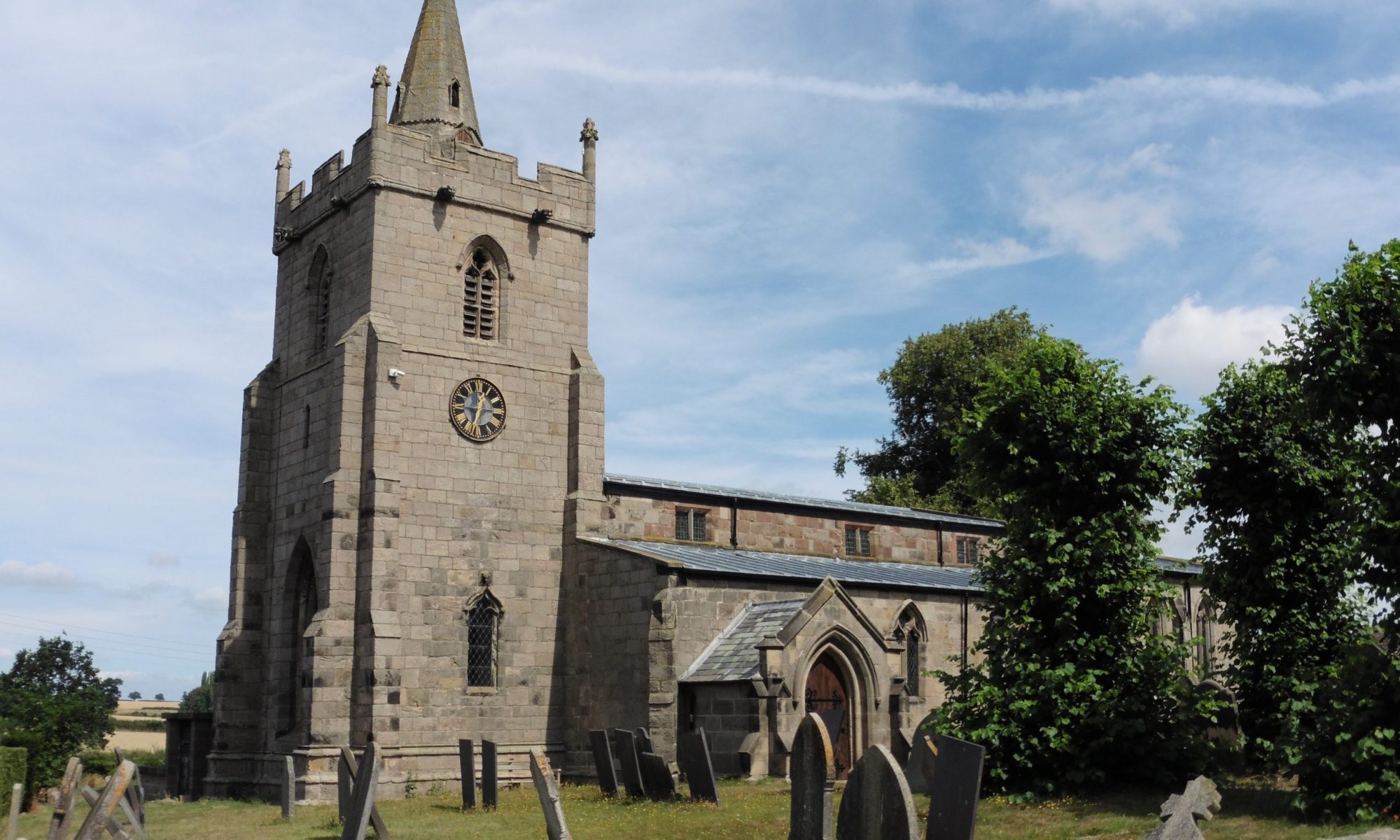There must have been a lot of oak in this area. In 1700 Henry Jennens of Coleshill set up an ironworks nearly opposite the gate of Barton Hall. It must have been worth bringing the iron ore to a place with timber and water power. lt led to arguments with the miller at Sutton because it disturbed the flow of water downstream.
There was another lawsuit with Sutton people in 1752. The boundary between the villages crossed the heath at the position of the original stream, which had been moved to supply the mill. it was marked by large stones, but unsupervised cattle were able to graze across the boundary. Incensed Broughton villagers rounded up Sutton cattle that had invaded Broughton and claimed a fine, which on this occasion the Sutton man had refused to pay.
In 1739 Arthur Woolley lived at Sapperton and gave a book of sermons by the vicar of St James, Westminster, to the vicar (gentle hint?). He also gave money for sixty 6d loaves to be distributed. A Woolley cousin wrote a detailed account of Derbyshire places, of which manuscript copies are in the Derby library and the British museum.
The cottages next to the church date from 1711. There were two more cottages in the churchyard, by the road and another opposite, next to the school, which ended its life as a 20th century reading room. The school was originally a barn, given by the Duke for school use in 1745. Much later the roof was lifted in one piece so that the walls could be raised. There were 60 houses in the village. The shop and the further end of Royal Oak Cottage were built about 1760. The church was said to be neglected and the seats in need of repair, according to the Bishop’s Visitation in 1772. Holy Communion took place four times a year.
